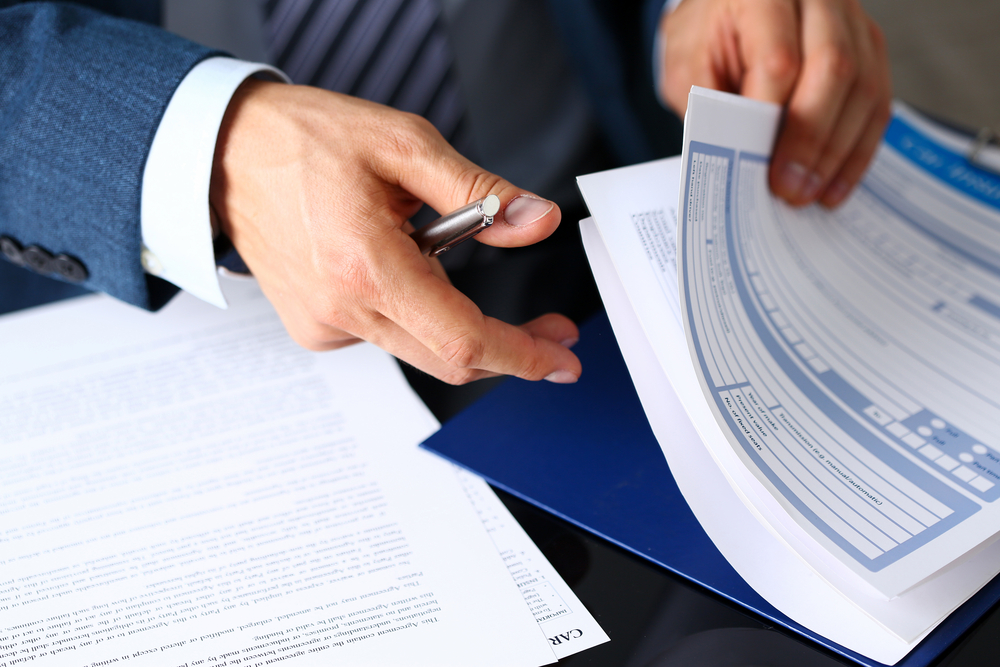
In West Virginia, the difference between an accident claim that quietly resolves and one that ends up in front of a jury often comes down to a few decisive factors, none of them random. It could be a fight over who caused the crash, a challenge to the severity of injuries, or legal rules that limit settlement options.
Understanding these key factors early helps shape how you approach your claim—from how evidence is gathered to whether a trial is a real possibility.
Some accident cases settle quickly. Others don’t — usually because something makes compromise more difficult.
These are the turning points that often shift a case toward court in West Virginia:
Once one of these issues arises, both sides may stop looking for a number and start preparing for court.
Several West Virginia laws directly affect whether an accident claim is more likely to be resolved in court.
Plaintiffs found 50% or more at fault cannot recover damages in West Virginia. This rule often drives defendants to trial when they believe they can convince a jury that the plaintiff’s share of fault meets or exceeds the 50% threshold.
Punitive awards are limited to the greater of four times compensatory damages or $500,000. When punitive damages are in play, such as in cases involving reckless or drunk driving, defendants may fight harder, knowing the potential exposure is significant even with caps.
Claims against political subdivisions come with capped non-economic damages and no pu3nitive damages. This changes trial strategy significantly when the defendant is a government entity or employee.
Evidence of seat belt nonuse is admissible only to mitigate damages and requires expert testimony. In cases where seat belt use is disputed, the defense may opt for a trial to reduce damages awarded. You can review these statutes directly at the West Virginia Legislature website.
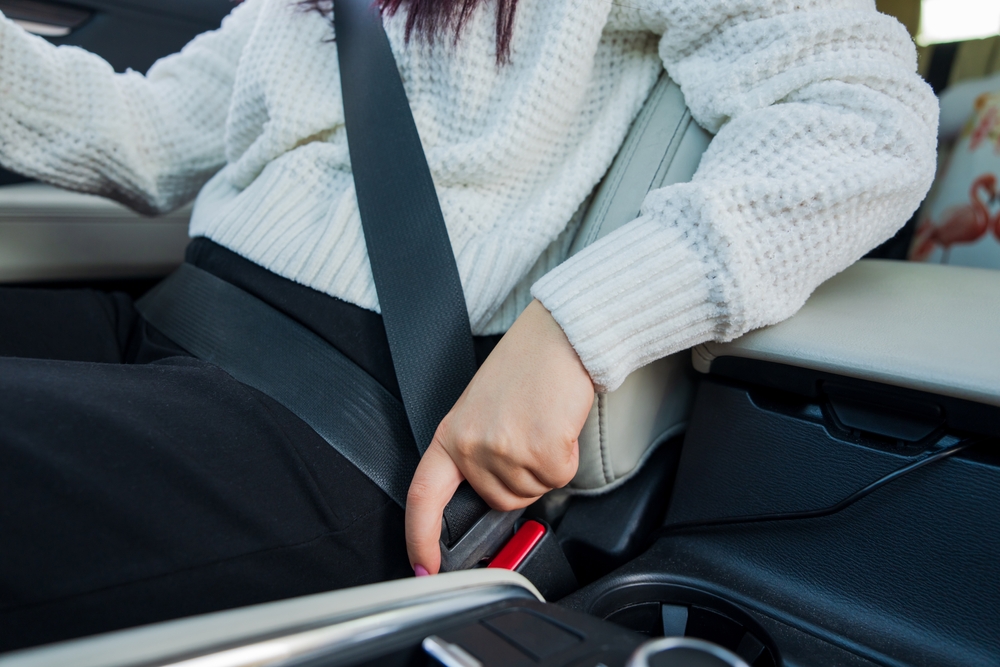
Disputed liability is one of the top reasons accident cases go to trial. If both sides have drastically different accounts of what happened, and evidence doesn’t clearly support one version, a jury may need to decide.
Causation disputes are also common, especially when there are claims of pre-existing injuries or when medical experts disagree on the source of a plaintiff’s condition. Insurance companies may challenge whether the accident caused the injuries claimed.
Low policy limits can make settlement more difficult. In some cases, plaintiffs must pursue underinsured or uninsured motorist coverage (UM/UIM) from their policy, which can lead to additional disputes and litigation.
Accident reconstruction experts, vehicle event data recorders (black box data), and conflicting witness statements can all be deciding factors in whether negotiations stall. Additionally, signs of bad-faith claims handling by insurers, such as unreasonably low offers, often push cases toward trial.
Under WV Trial Court Rule 25, courts may require parties to attempt mediation before a trial.
Mediation is private and non-binding. Sometimes it works. But when the two sides are far apart — especially over fault or injury severity — mediation may not resolve the case.
What Happens Before Trial:
Discovery alone can take months or over a year in complex cases.
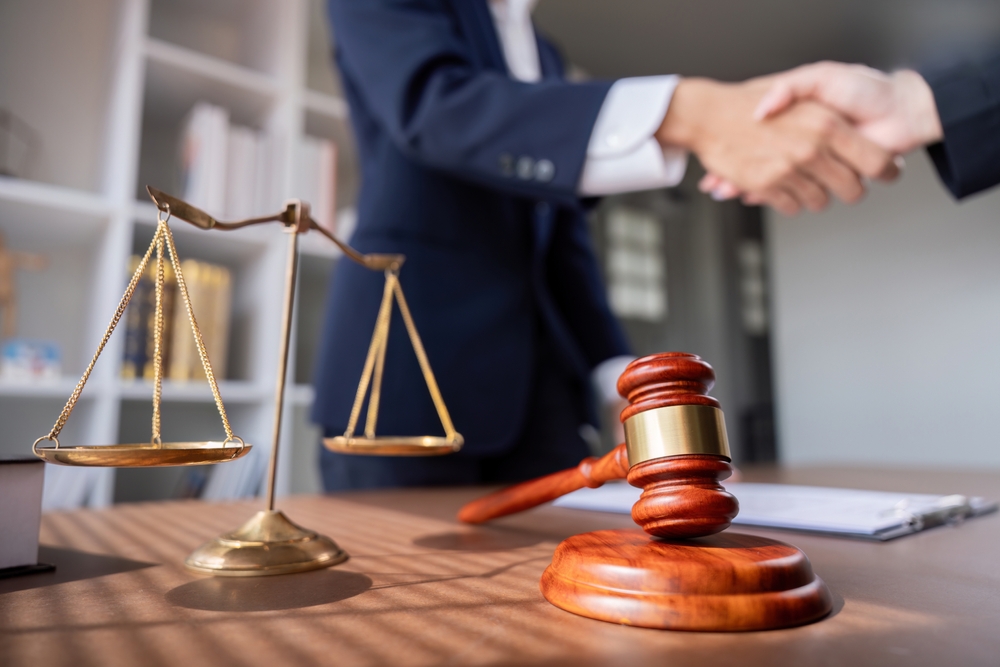
Timeframes vary, but settlements generally happen faster than trials. Simple claims may resolve in a matter of months. Trials, on the other hand, require scheduling with the court and completing all pre-trial steps.
Average Timeline: Discovery to trial can take 12–24 months in WV accident cases; complex cases may exceed 2 years.
|
Factor |
Settlement (Typical) |
Trial (Typical) |
| Average Duration | 3–9 months | 12–24+ months |
| Legal Costs | Lower | Higher (expert fees, trial prep) |
| Privacy | Confidential | Public record |
| Control Over Outcome | Higher (negotiation) | Lower (jury/ judge decision) |
| Stress Level | Moderate | High |
| Chance of Appeal | None | Possible |
Going to trial isn’t always a bad thing. In fact, some cases only get a fair outcome in court, especially when:
Still, a trial comes with risk. Costs rise, timelines stretch, and juries can be unpredictable. That’s why preparing for trial from the start—while remaining open to settlement—is often the best approach.
Fewer than 5% reach trial, but complex disputes over liability, damages, or legal rules can significantly increase the likelihood of a courtroom decision.
Yes. If the defense believes they can prove you were 50% or more at fault under WV’s comparative fault law, settlement becomes less likely.
Often yes, but not always. Mediation only works if both sides reach an agreement; otherwise, the case moves forward toward trial.
Most trials occur 12–24 months after filing, depending on court schedules, complexity of evidence, and the length of the discovery process.
It may reduce damages if proven relevant by expert testimony, but it does not automatically bar recovery under West Virginia law.
Not every WV accident claim heads to trial — but certain legal rules, disputes, or strategy decisions can make it more likely. Knowing what to watch for can help you and your attorney build a stronger case from the beginning.
Manchin Injury Law has deep experience both in settlement negotiations and the courtroom. If your claim needs to go the distance, we’re ready to take it there.
If you’ve been injured in an accident in Fairmont or anywhere in West Virginia, we offer a free consultation to help you understand your options and plan your next step with confidence.
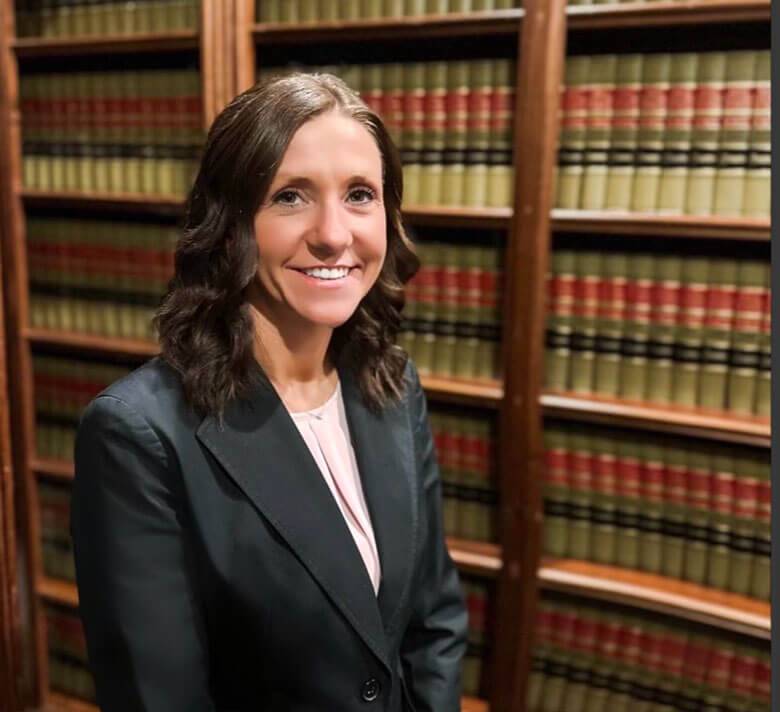
Associate Attorney at Manchin Injury Law Group
Practice Area: Personal Injury
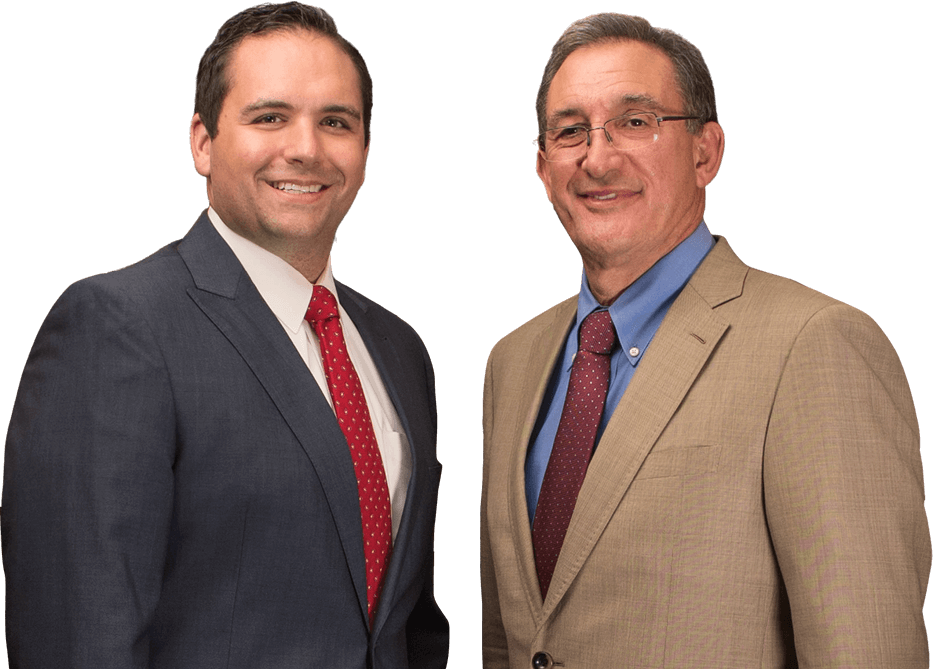
Attorney Timothy Manchin established the Manchin Injury Law Group in 2011 after his law partner of more than 25 years became a West Virginia circuit court judge. His focus is on helping individual clients and entire families victimized by negligent acts.
We offer a free initial consultation at our office in the Manchin Professional Building — our home since 1983 — conveniently located in Fairmont.
If you are unable to visit our firm, we can come to your home or hospital room.
Fill out the form below to get in touch!